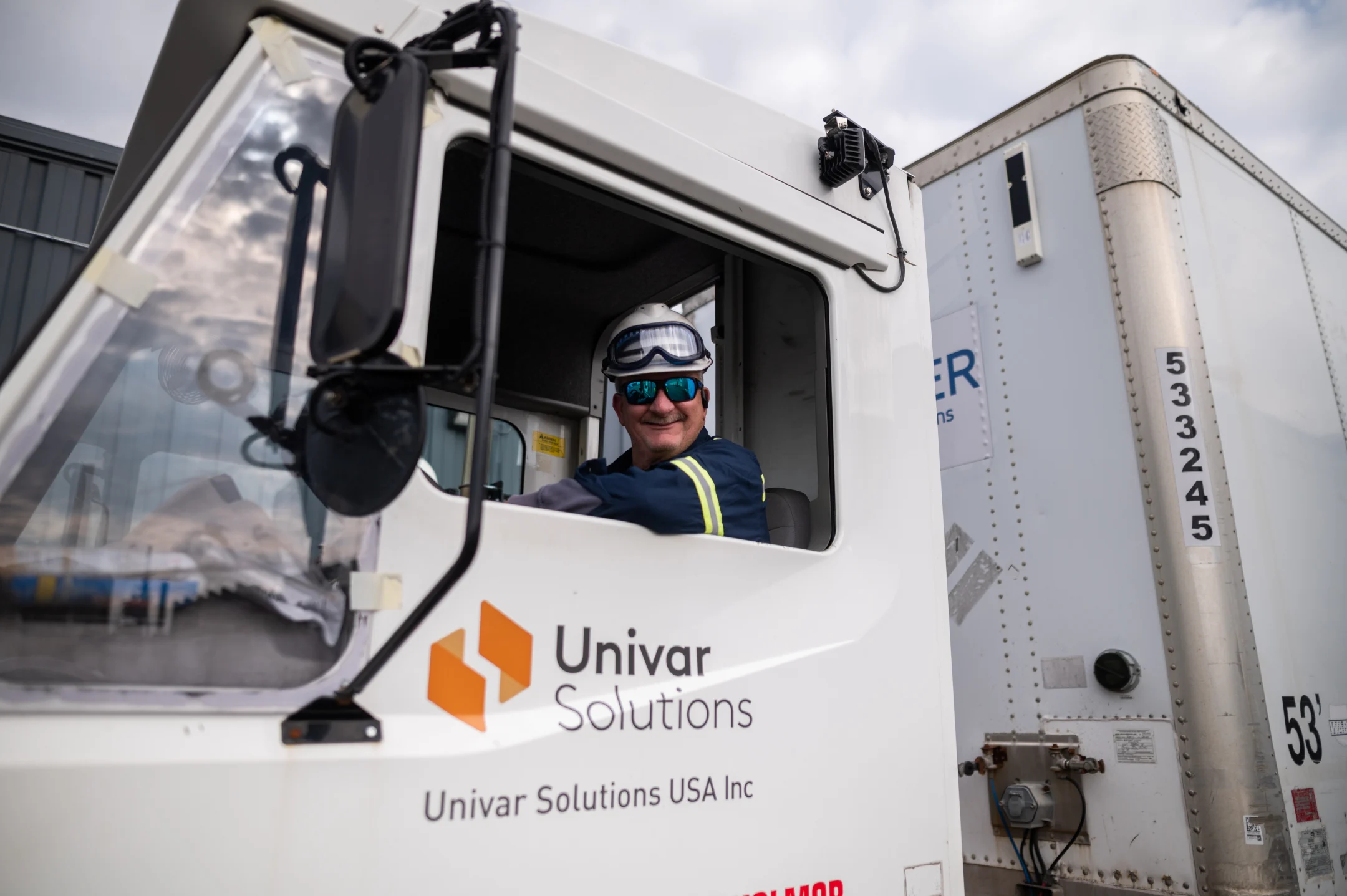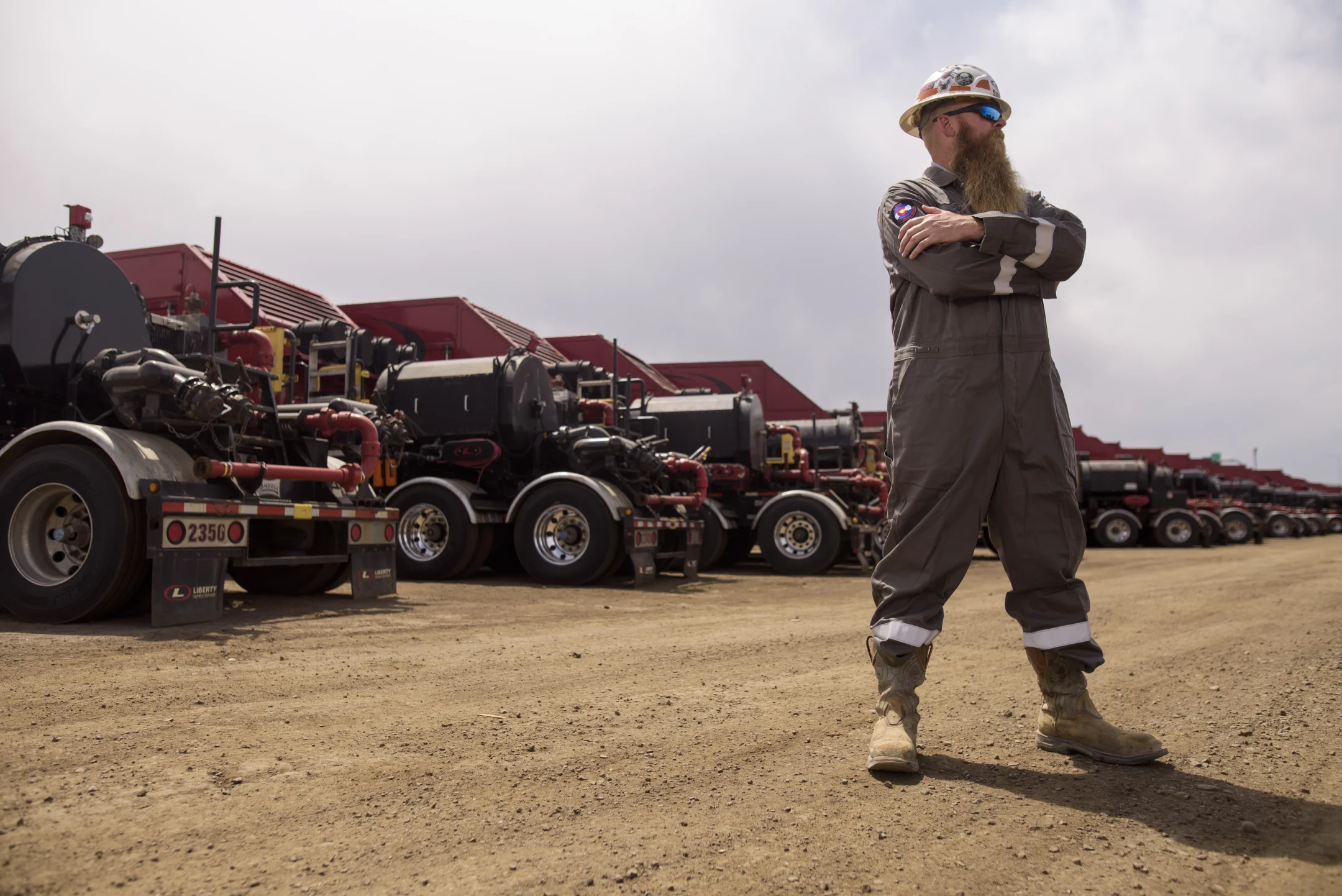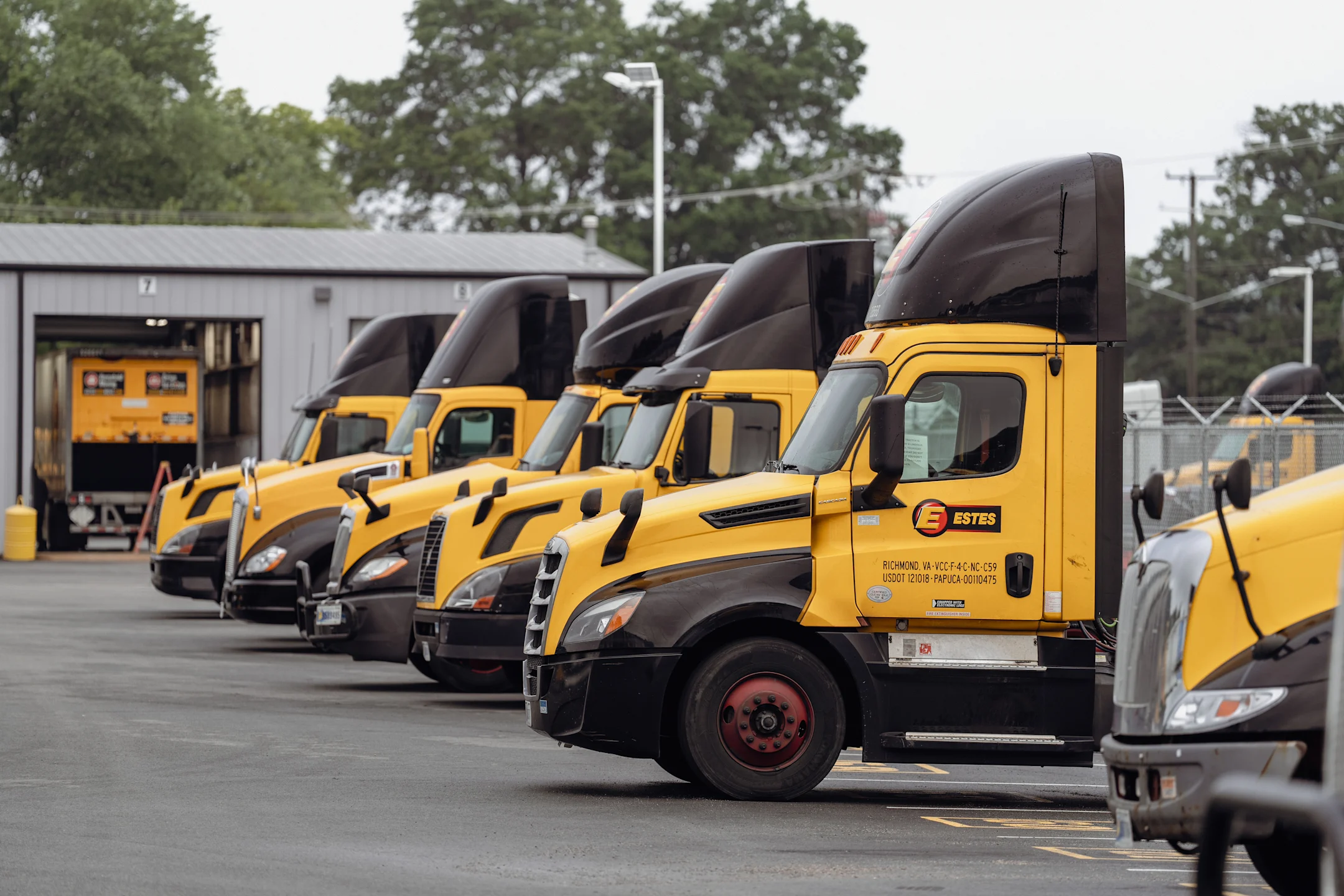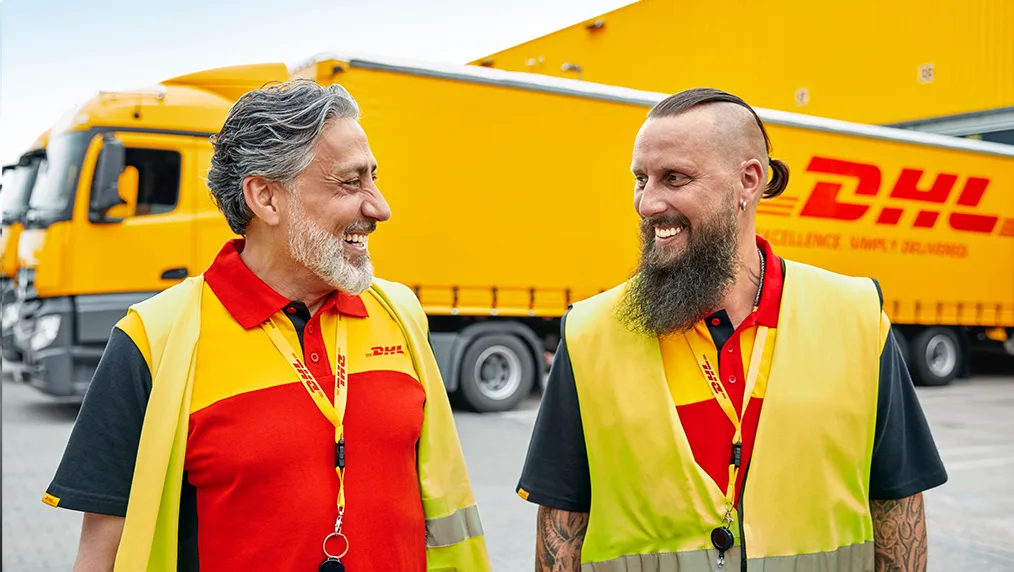What is IIoT?
February 21, 2025

Get Started
Check Our PricesKey Takeaways
The Industrial Internet of Things (IIoT) is made up of the billions of industrial devices that use sensors to monitor and optimize operations. Connected by a public or private network, IIoT devices capture and share data, while software analyzes this data to improve business efficiency.
In 2015, the World Economic Forum published a report discussing the Industrial Internet of Things (IIoT). The report states, “The [Industrial] Internet of Things will transform many industries, including manufacturing, oil and gas, agriculture, mining, transportation, and healthcare. Collectively, these account for nearly two-thirds of the world economy.”
With such outsized impact, it’s no wonder why interest in IIoT continues to surge across all sectors. Every day, organizations are proving that digital transformation produces real business results: reduced costs and increased operational efficiency. Analysts estimate that IIoT could generate up to $11.1 trillion a year in economic value by 2025.
Want to learn more about the Industrial Internet of Things? In this guide, we’ll break down the basics of IIoT—what it is, how it works, who uses it, and why they use it.
What is the industrial internet of things (IIoT)?
IIoT stands for Industrial Internet of Things. IIoT is a network of devices, sensors, applications, and other equipment that interact with one another to collect, track, and analyze data from physical operations. IIoT consists of billions of industrial devices—think factory machinery, bulldozer engines, tanks at water treatment facilities—that use sensors to monitor and optimize their processes. All of the sensors are connected to a network—often via the internet and internal company networks and this connection allows the network to share data and status. IIoT is also referred to as the industrial internet or Industry 4.0.
So why do these industrial machines and equipment need to be connected to the internet? It’s because computers are better and faster than humans at capturing and analyzing real-time data. This makes it easier to distill important information that organizations can use to make better and more informed decisions.
That computational power makes IIoT an advantage in industrial sectors where precision and timing are especially important. Organizations can use IIoT to discover and correct inefficiencies, saving them money and time. They’re also using IIoT for predictive maintenance, asset management, safety, compliance, and more.
To note, IIoT is a subcategory of the Internet of Things (IoT), which is a much broader term for all internet-connected devices. IoT is considered a major driver of the fourth industrial revolution or linking the physical and digital worlds together. The term “IoT” includes consumer products like wearable devices, home devices and appliances, smart speakers and digital assistants, and connected cars. IIoT focuses on industrial applications.
How does IIoT work?
IIoT networks need a combination of smart devices, sensors, a network, and data analytics to work at a base level. Machines, equipment, and vehicles containing smart sensors connect to an IIoT platform, which gathers and shares data. IIoT uses smart sensors, actuators, and more to monitor, store, and communicate information about the asset they are connected to. Here’s how these three components work together to generate actionable insight.
1. Sensors send their data through public or private networks
Sensors send information to powerful IIoT platforms through networks that are either public or private data communications infrastructures. Mobile carriers or third-party operators provide and manage public connectivity. For example, your smartphone is connected to a public network used by millions of people. Private networks are set up and maintained locally by a company’s employees. Robust cybersecurity measures are also implemented to protect your data and prevent data breaches. Networks that connect all the smart devices come in many forms, such as: Bluetooth, WiFi, and 4G/5G cellular.
2. IIoT platforms receive raw sensor data and interpret the information
Once sensors have collected the data, IIoT platforms combine raw data from different smart devices and apply analytics that generate insight. For example, by leveraging artificial intelligence (AI) and machine learning, IIoT platforms detect patterns, make recommendations, and find problems before they occur using technologies. The insight provided by analytics empowers organizations to make business processes more efficient.
3. IIoT data is stored in on-prem, cloud, and edge solutions
Analytics works to interpret data, but where is all the generated data accessed and stored? There is no one-size-fits-all solution for how IIoT data gets stored. Organizations can use traditional data centers or on-premise servers to store data if they’re near IIoT devices. But this option is usually expensive and lacks flexibility.
The unstructured big data from IIoT devices makes it a good candidate for cloud storage. Cloud storage is flexible—by leveraging cloud computing, businesses can access data from anywhere and expand it through a managed infrastructure that IT relies on.
Many of today’s IIoT solutions also use edge gateways for storage. Edge computing and edge gateways decentralize data processing at the edge of the network, creating entry points for devices connecting with the cloud platforms. This intermediary bridge handles storage needs closer to the IIoT devices before moving data to the cloud.
Which industries are leveraging IIoT?
By 2025, the global industrial IoT market is expected to reach a value of $275 billion. The following industries are considered leaders in using IIoT applications in their operations.
Manufacturing
The manufacturing industry has been an early adopter of IIoT due to its reliance on machinery. IIoT in manufacturing alone will reach $334.78 billion in 2025.
Manufacturers use IoT solutions to optimize processes with automation, monitor equipment, and perform preventive and predictive maintenance on machinery. Manufacturers also use IIoT devices to examine how customers are using their products. They can then analyze usage, check for patterns, and use these insights to inform new product design.
Univar Solutions, one of the world’s largest chemical and ingredient distributors, uses IIoT to improve connectivity across their data and systems, from warehouse to delivery. As a result, they have turned their operational data into a competitive advantage, empowering them to operate more safely and nimbly.
Oil & gas
The oil and gas industry is also reaping the benefits of IIoT. In all, IIoT in the oil and gas global market should reach $43.48 billion by 2024. IIoT isn’t limited to plant processing and rig operations—it touches every part of the industry and creates new business models. Use cases include sensor-based tank monitoring, drill management with digital twins, and monitoring pipe pressure and flow rates at refineries. IIoT is helping oil and gas companies improve value-chain efficiencies and manage global demand and supply predictions. By leveraging the data gleaned from IoT devices, they can improve production by 6% to 8%.
Liberty Energy, a leader in oilfield services, leveraged IIoT technology to gain complete visibility into their operations to improve data accuracy, decrease vehicle accidents, digitize manual processes, and make strides toward their sustainability goals. As a result, they saved over $10 million annually.
Construction
Comparatively, the construction industry has been slower to digitize its operations. But IIoT is one aspect that’s taking off fast: analysts project the global market forhttps://www.thebusinessresearchcompany.com/report/iot-in-manufacturing-global-market-report to reach $25.3 Billion by 2027. Construction companies are witnessing IIoT’s benefits, including boosting structural integrity and quality, predictive maintenance, supply chain monitoring, and improved worker safety.
For example, IIoT technologies can help with concrete curing. Construction companies are embedding sensors in concrete during casting. As it hardens, construction managers can track strength and moisture content in real time. They'll know exactly when slabs are fully cured, saving on months of testing and waiting, slowing down planning.
DeSilva Gates Construction adopted IIoT to enhance efficiency and optimize workflows across their vast fleet of vehicles and assets. Particularly for their heavy construction equipment, IIoT technology enabled them to add a layer of protection to over 350 assets, deterring theft and improving inventory management for their equipment fleet valued at $200 million.
Transportation
Transportation is another industry that’s adopted IIoT quickly. Freight monitoring is IIoT’s second-largest use case after manufacturing operations. According to IDC, the transportation industry’s total IoT spend was $78 billion in 2016, with $55.9 billion attributed to freight monitoring.
Aside from freight monitoring, this sector finds value in using IIoT to maintain schedules, optimize fuel consumption, train drivers with dash cams and telematics, and monitor equipment and infrastructure like railway tracks.
Estes, the largest private freight carrier in North America, unlocks real-time visibility, granular data insights, and seamless integrations with IIoT. Estes brought their vision of a “digital twin" to life using IIoT, enabling them to better model and predict their operations, reduce manual processes, and ensure that freight arrived where it needed to be with as little disruption as possible. By tracking idle events and coaching drivers accordingly, Estes saved over $3 million in fuel costs.
State & local governments
It’s to be expected that private businesses would be the first and largest adopters of IIoT, but the public sector is steadily catching up. As people become more comfortable with smart technology, more state and local municipalities are using “smart city” solutions.
Innovations include smart grids that lower stress on power grids during peak hours, traffic and parking management, waste collection optimization, city park safety, air quality monitoring, and even tourism to improve visitor experiences. With so many areas available to enhance, governments are on their way to becoming major IIoT players. The global market size for IIoT in smart cities is expected to grow to $260 billion by 2025.
City Of Memphis implements IIoT technology across 17 departments, gaining real-time visibility into safety and service delivery across their vast operations. This enables them to improve safety, protect their assets, and accelerate service delivery, ultimately enhancing the quality of life for Memphis citizens.
DOWNLOAD THE E-BOOK: Smart Cities Start with Smarter Fleets.
What are the benefits of IIoT?
There are numerous industrial applications for incorporating IIoT into your operations. Some of the top benefits are:
Operational efficiency
Efficiency is the difference between a business that’s succeeding or just getting by. By improving operational efficiency with IIoT data, businesses can gain productivity without spending on extra assets or resources. They can uncover cost savings, automate workflows, reduce manual paperwork, and improve safety across the board. Best of all, managers can feel confident in making informed business decisions based on real-time data.
Today, innovative organizations in physical operations are using artificial intelligence (AI) to unlock new efficiencies across their operations. According to our recent State of Connected Operations Report, more than half (51%) of leaders surveyed are already using AI, and an additional 42% are planning to use it or open to using it within the next 2 years.
DOWNLOAD THE REPORT: Smarter, Faster, Safer: The AI Revolution in Physical Operations
Driver safety
Sensor data from IIoT devices helps to improve safety across a fleet’s industrial operations. IIoT software can trigger alerts that keep workers safe. For example, letting a vehicle driver know they’re speeding or notifying a fleet manager if a driver is involved in an accident. Sensor data can provide visibility into harmful work environments, like high atmospheric gas levels or excessive CO2. The conditions set for predictive maintenance can also prevent future incidents like pipeline or electrical failures.
Many organizations today are currently using AI-enabled IIoT devices to improve safety; in fact, 100% of organizations using AI report experiencing benefits, including improved safety (45%) and employee productivity (42%).
Equipment tracking
Asset tracking technology gives companies real-time visibility into the location and status of an asset, cargo, or small equipment via GPS tracking. Businesses can check on assets no matter where they are in the supply chain. When goods are at risk of getting damaged—for instance, a refrigerated trailer not cooling properly—the IIoT system springs into action. It notifies managers, giving them the chance to prevent or fix the situation.
Similarly, when a piece of small equipment, such as a pallet jack or concrete saw, is stolen or lost, IIoT can help organizations quickly locate and recover the asset. Equipment tracking also reveals utilization and potential inefficiencies. For example, a business might find an underutilized asset or piece of equipment. They can choose to redeploy it elsewhere instead of buying a new asset or sell it to avoid maintaining it.
Predictive maintenance
IIoT-generated data can predict when machinery, equipment, or a vehicle needs servicing—before it breaks down. To do this, organizations use vehicle telematics technology and IIoT data to continuously monitor equipment performance. They set up equipment conditions or a baseline level of acceptable performance, such as temperature or vibration measurement. If the equipment’s performance dips below acceptable conditions, the IIoT system can notify stakeholders that it’s time for maintenance. Predictive maintenance minimizes equipment downtime and the maintenance costs associated with downtime.
In fact, 51% of organizations are leveraging AI for predictive maintenance, enabling them to reduce equipment downtime and minimize operational costs.
Better customer satisfaction
Businesses can enhance customer satisfaction with tools like asset tracking and predictive maintenance. For instance, a dispatcher can build trust and offer transparency by sharing asset arrival times with customers. Or companies can go the extra mile by proactively offering service, knowing a piece of equipment will have an issue or experience failure. Manufacturers and product designers can use IIoT usage insights to refine their production processes. AI-enabled solutions are helping future-looking organizations further enhance customer satisfaction.
For organizations already using AI across their operations, 42% say that they have experienced benefits in customer and community support.
Why you should select Samsara as your IIoT platform
Samsara is an IIoT platform that helps improve the efficiency of your operations. Samsara’s Connected Operations Cloud is powered by IIoT technology, making it possible to capture data from physical assets and connect it to the cloud. With AI-based dash cams, GPS tracking for assets and vehicles, equipment monitoring, site security, mobile apps, and a robust app ecosystem, Samsara is an end-to-end IIoT solution for companies of all sizes. In addition, our full suite of REST APIs ensures scalability, allowing you to integrate Samsara into virtually any platform.
The Samsara Connected Operations Cloud helps over 20,000 customers across every industry capture and centralize all data—including data from sensors, cameras, and OEM integrations—on one unified platform. (No need to jump to different windows and software.) And because Samsara’s user-friendly platform is built in the cloud, businesses can access information from anywhere, 24/7.
How DHL uses Samsara’s IIoT platform to consolidate 7 separate point solutions
DHL Group is one of the largest logistics companies worldwide, serving more than 220 countries and territories. DHL Supply Chain, a division of DHL Group, oversees supply chains in more than 50 countries for over 1,400 customers.
With the Samsara Connected Operations Cloud, DHL consolidated seven separate point solutions — for dash cams, telematics, compliance, trip management, DVIRs, trailer tracking, and speed monitoring — into one platform, and integrated Samsara with their critical business systems. This enabled them to deliver a better operator experience, unlock actionable insights, and vastly improve driver safety and retention. They are also partnering with Samsara in their fleet electrification journey, helping support DHL’s ambitious sustainability goals. As a result, DHL reduced accidents by 26% across 20 sites where Samsara is fully deployed.
“Instead of juggling dozens of different vendors, we now have an integrated, easy-to-use platform,” said Jennifer Miller, Vice President of Integrated Transportation. “That’s why we chose Samsara as the right partner for the future.”
Want to learn more about Samsara’s IIoT solution? Explore our Platform solution and reach out to our team today.




